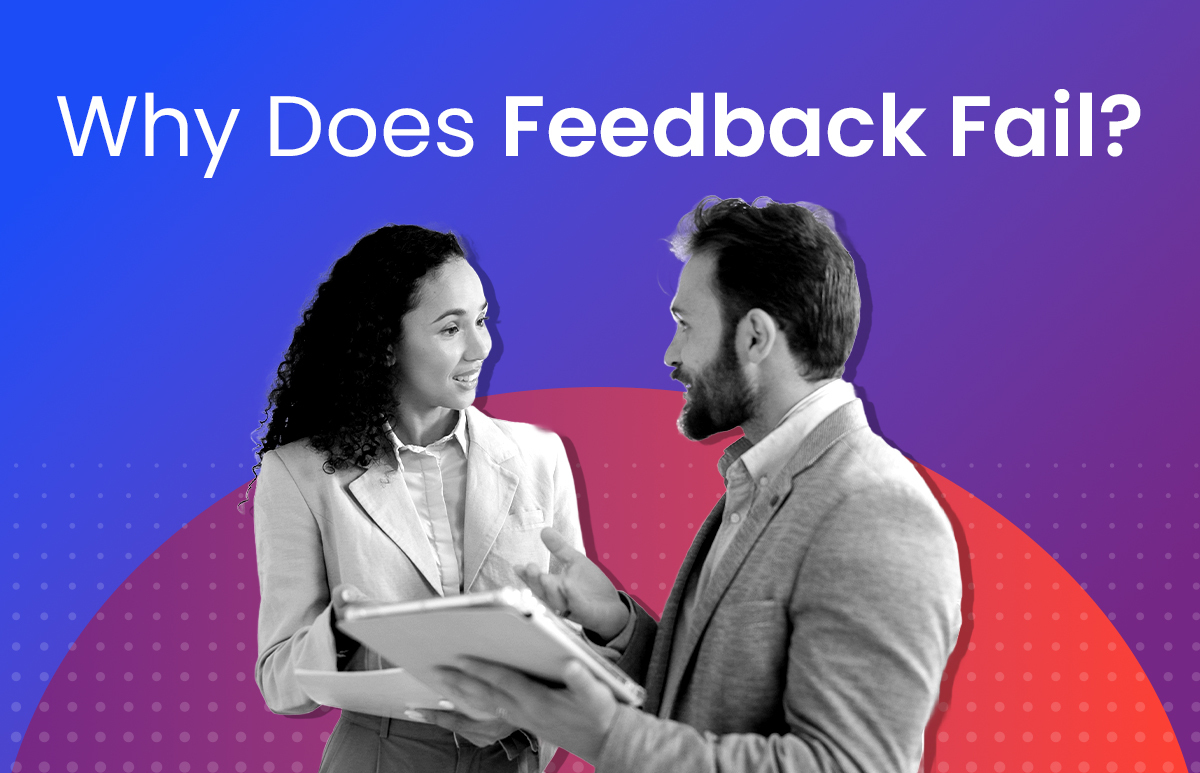How to Provide the Employee Benefits Your Workforce Really Want

As we enter a new financial year, employers are facing an increasingly challenging and competitive landscape for talent acquisition and retention.
New COVID variants have challenged how we live and work, resignation rates have reached an all-time high, and we are struggling against the highest inflation in a generation. At the same time, the pandemic has highlighted the importance of wellbeing and fulfillment, and people are looking for jobs that allow them to pursue more holistic goals.
All of this means that a comprehensive employee value proposition (EVP) has never been more important. People might decide to take jobs based on pay, but it is usually a host of other factors – often around non-wage compensation – that come into play when deciding whether to stay or go.
It’s clear that companies need to communicate the full value of their remuneration package, and the perks and benefits included, to attract and retain talent. Here are four ways to ensure your organisation is providing an EVP employees really want.
Cover your basics
A well-designed remuneration package is key pillar to attract and retain employees, so it’s important that you get the basics right. In addition to a market-competitive salary, common remuneration incentives include company shares, performance-related pay or bonuses, subsidised accommodation for work travel, enhanced superannuation provision, subsidised transport costs, and additional annual leave entitlements.
Read more on how to make your budget stretch further with a total reward strategy.
Remuneration will always be an influential factor for employees. But in today’s competitive environment, it’s wise not to overlook the extra perks and benefits that can help seal the deal.
Provide flexible work options
Flexibility has become one of the most important benefits that a workplace can offer. This is not limited to the option of working from home, but also to other benefits like flexible work hours, time in lieu, and study leave. For knowledge workers who can perform their role from home, flexibility over where they work is now an expectation, rather than a perk.
In fact, according to new research from PwC, almost 30% of Australian employees would quit if their organisation mandated a forced return to the office. A further 32% would consider leaving. Flexibility and choice are therefore crucial elements of the EVP.
Fairness and equity are also key here. Employers shouldn’t give preferential treatment when it comes to resourcing or deciding who has access to flexible work.
Companies should also consider implementing protocols that value work output, rather than working hours. For example, some businesses allow complete flexibility in work hours and arrangements, as long as the work gets done – no matter where or when people work.
Another way to practise flexibility is to allow a degree of customisation in the benefits employees receive. This could mean providing subsidised childcare and parental leave for parents and carers. However, those who don’t have children also deserve to be provided with perks that fit in with their lifestyles.
Subsidised further education, training or personal development courses are some great benefits to afford employees. Take the time to get to know the people who work for you and allow them to tailor benefits and perks to who they are and their unique life situation.
Recognise good work
An employee recognition program is a huge value-add to employees who are increasingly paying attention to workplace culture and support.
Employee recognition is especially important as teams adjust to virtual and hybrid working. A few well-placed moments of gratitude or recognition can make all the difference for team members who are separated by distance and might be feeling socially isolated.
On the flipside, having hard work go unnoticed can be frustrating for employees. Feeling overlooked and underappreciated weighs heavily on job satisfaction and can drive employees to look for other jobs.
Deep reporting and feedback functions make outputs trackable – it’s therefore much easier to recognise and reward good work. What this looks like is up to you, but might include badges or trophies that can be displayed on online profiles, or internal awards voted on by colleagues.
One benefit of this is that recognition can be tied to your company values. Awarding your employees for showing creativity, passion, resilience, or teamwork, for instance, can help promote a culture that reinforces those values.
ELMO Rewards & Recognition helps to embed a culture of recognition by giving employees the autonomy to recognise each other in line with company values and behaviours.
Prioritise employee wellbeing
The sedentary nature of most office jobs can be detrimental to the physical and mental health of employees, so wellness programs are becoming a popular benefit. Even in the remote work environment, simple, short-term programs like steps-per-day contests can be a good way to engage your employees and make them feel connected.
In physical office environments, providing healthy food options can be a huge draw for staff. Employees typically consume one to two meals, plus snacks, during work hours, so the quality of food options can make a huge difference.
For teams working virtually and in hybrid settings, it is also vital to leverage digital technology to support wellbeing. Evidence-based tools to monitor mental health and wellbeing, social engagement, and diversity and inclusion can go a long way to not only monitor but to motivate change. ELMO Survey enables organisations to conduct and manage staff surveys throughout all points of the employee lifecycle to gain actionable insights and make data-led decisions.
ELMO Software is a cloud-based solution that helps thousands of organisations across Australia, New Zealand and the United Kingdom to effectively manage their people, process and pay. ELMO solutions span the entire employee lifecycle from ‘hire to retire’. They can be used together or stand-alone, and are configurable according to an organisation’s unique processes and workflows. Automate and streamline your operations to reduce costs, increase efficiency and bolster productivity. For further information, contact us.
 HR Core
HR Core 









